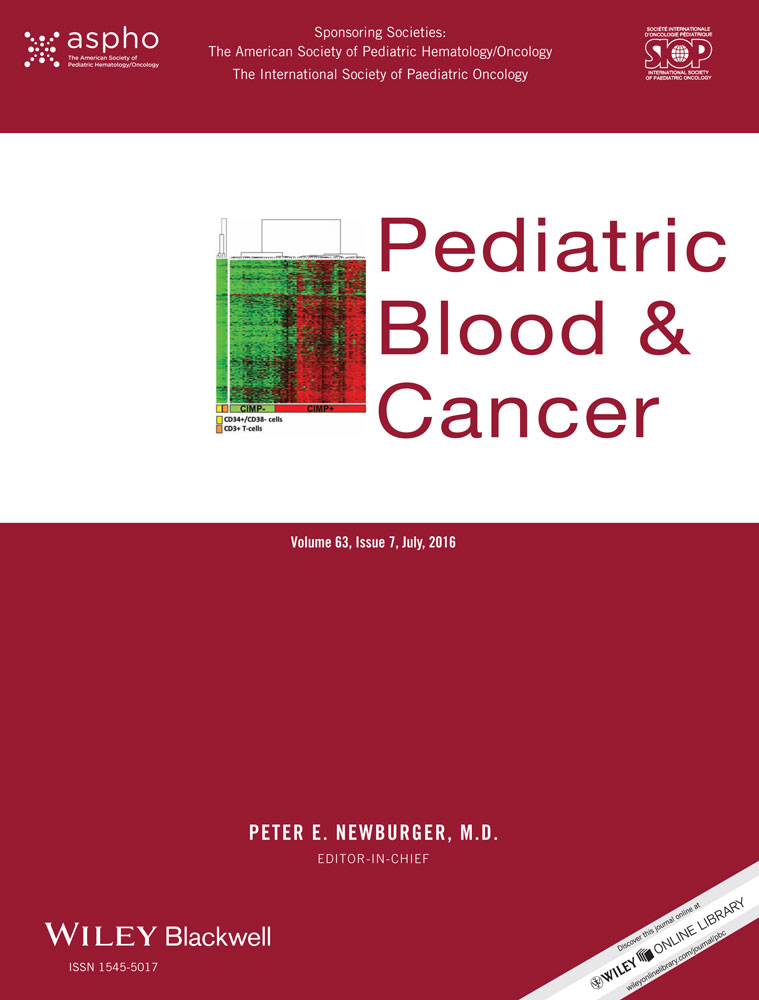Continuous Lidocaine Infusions to Manage Opioid-Refractory Pain in a Series of Cancer Patients in a Pediatric Hospital
Conflict of interest: Nothing to declare.
Abstract
Background
Research on the safety and efficacy of continuous lidocaine infusions (CLIs) for the treatment of pain in the pediatric setting is limited. This article describes a series of pediatric oncology patients who received lidocaine infusions for refractory, longstanding, cancer-related pain.
Procedure
This is a retrospective review of patients who underwent lidocaine infusions to manage severe, opioid-refractory, cancer-related pain. Four patients ranging in age from 8 to 18 years were admitted to a pediatric hospital for their medical conditions and/or pain management. Structured chart review established demographic and diagnosis information, infusion rates, side effects, and efficacy of infusions in providing pain relief. Lidocaine bolus doses, infusion rates, serum concentrations, and subjective pain scores were analyzed.
Results
Median pain scores prior to lidocaine infusions were 8/10, falling to 2/10 at the infusion termination (P < 0.003), and rising to 3/10 in the first 24 hr after lidocaine (P < 0.029 compared to preinfusion pain). The infusions were generally well tolerated, with few side effects noted. In most cases, the improvement in pain scores persisted beyond termination of the infusion.
Conclusions
CLIs were a helpful adjuvant in the four cases presented and may be an effective therapy for a more diverse array of refractory cancer pain. The majority of patients experienced pain relief well beyond the metabolic elimination of the lidocaine, corroborating a modulation effect on pain windup. Additional research regarding infusion rates, serum concentrations, side effects, and outpatient follow-up in a larger group of patients will provide additional insight into the role and safety of this therapy in children.




